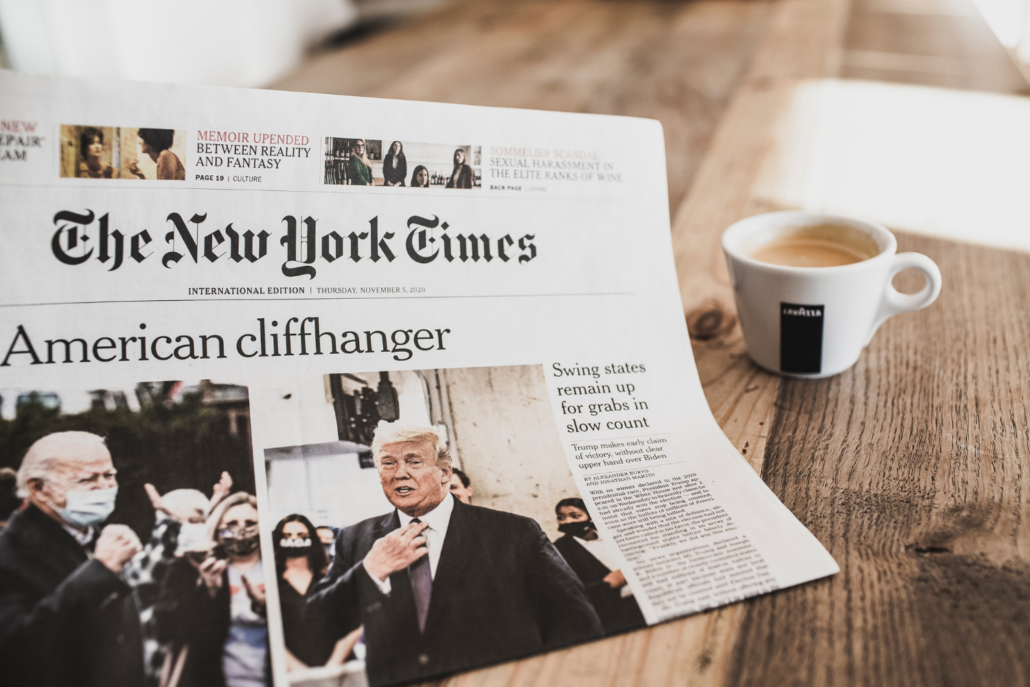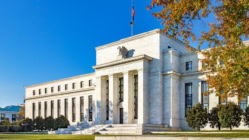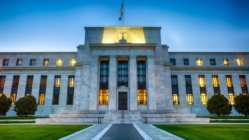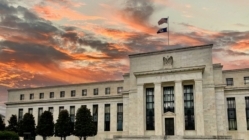
When I refer to “the markets,” I am referring to both stocks and bonds – which often move in opposite directions.
Hence, when stock prices move upward, bond prices often move downward (with the effect of pushing interest rates up).
So, when stock prices are up, interest rates often move up as well.
Last week, when it looked like Biden would come out on top, the stock markets seemed to improve in response.
This was partially b/c stock investors like certainty and b/c it appeared that the GOP would hang on to the Senate.
Stock investors sometimes prefer a split government (a Democrat President and GOP Senate) when the potential gridlock threatens to impede legislation or activities that may in turn impede economic growth.
In this case, investors may perceive a GOP Senate as a barrier to potential tax increases or increases in regulatory burdens that could adversely impact corporations or the economy as a whole.
By the same token, a Biden administration may push through more stimulus that could bolster economic growth. So that too may have been a factor behind the surge in stock prices.
VACCINES AND JOB REPORTS
Friday’s positive jobs report (unemployment fell by 1%) also pushed stock prices higher.
But the big news today that is really exciting investors is the very positive vaccine news from both Pfizer and BioNTech (Pfizer in particular announced that its vaccine has proven to be 90% effective).
In response to all of this, rates have edged up and will likely continue to edge up.
LONG TERM – RATES LOWER STILL
Rates could fall in the near term still if uncertainty surfaces again.
This could be fostered by Mr. Trump’s efforts to contest the election – particularly if he gets any traction.
Uncertainty could also be fostered by the continued fallout from the COVID crisis, as the vaccine will not be available to everyone for a while still and b/c many businesses and individuals are still suffering severely and are dependent upon government assistance.
NEGATIVE RATES COMING TO THE U.S.
Most interesting though was The Investors Podcast Episode I listened to on Saturday with Raoul Pal.
He made a very strong case about how dependent the U.S. is on ultra-low interest rates, and how “negative rates” are all but inevitable for the U.S. just like we have seen in Europe.
Negative interest rates mean that borrowing institutions are actually credited interest instead of having to pay it, e.g. depositors have to pay banks to hold their deposits.
If and when we see “negative interest rates” with our government bonds, it is likely the mortgage rates will be anywhere from 3/4% to 1% lower too.
If rates fall that much, expect much more of the same: (1) another refi boom; (2) too little capacity in the mortgage industry; and (3) continued strong purchase demand as a result of increased buying power.
Jay Voorhees
Founder/Broker | JVM Lending
(855) 855-4491 | DRE# 1197176, NMLS# 310167
























